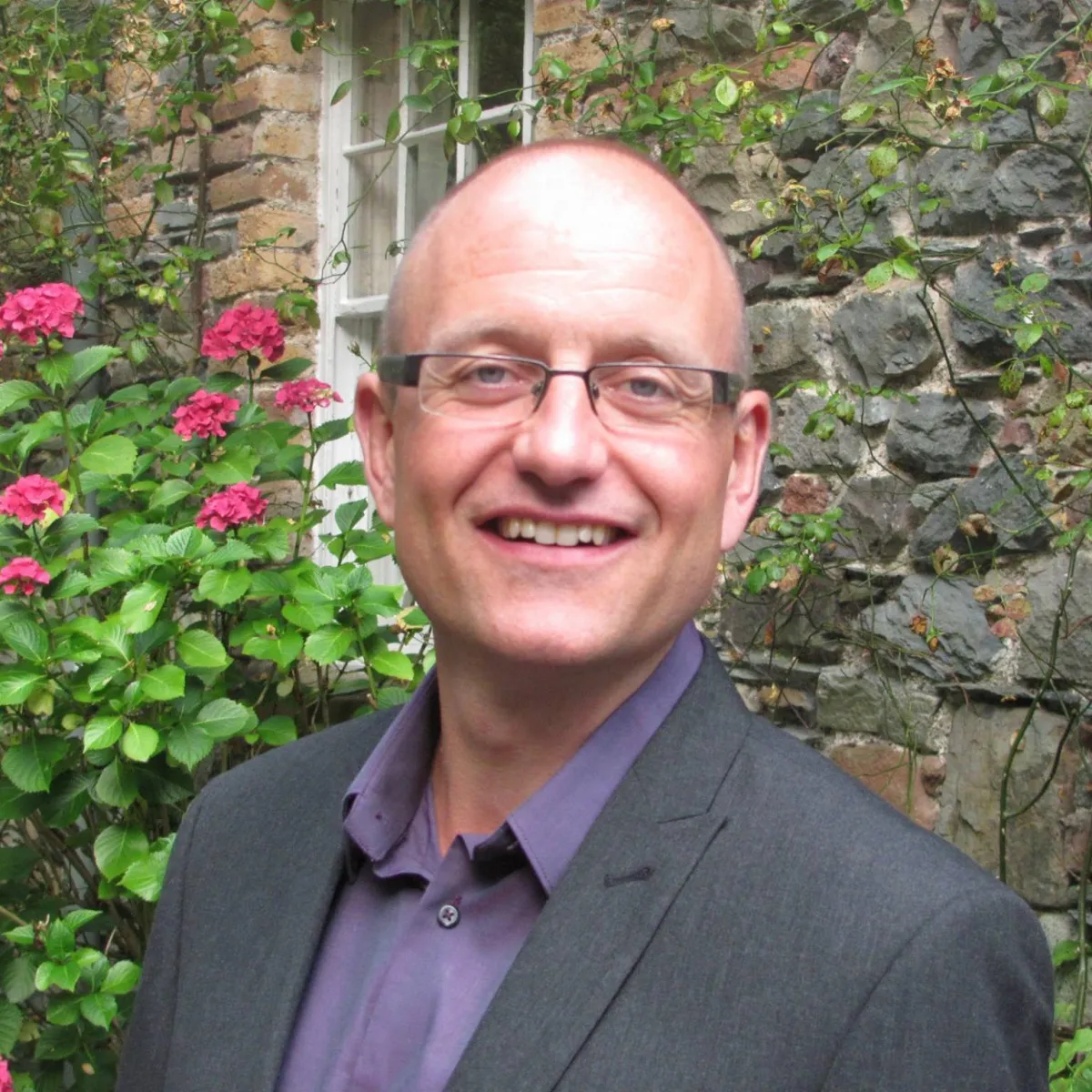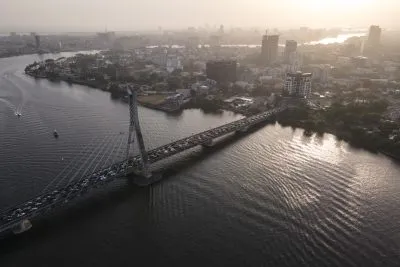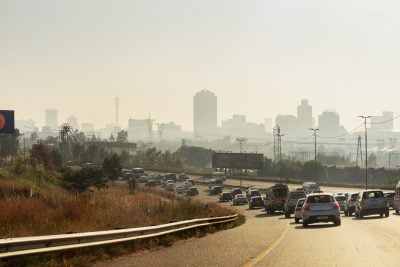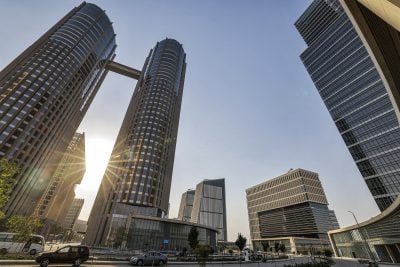There is no doubt that progress towards achieving the Sustainable Development Goals (SDGs) has been hampered by the perfect storm of difficulties that has hit the African continent: the Covid-19 pandemic and associated lockdown measures, climate change, the war in Ukraine and constrained donor support.
Yet it is vital that financing for investment and measures that support the attainment of the SDGs continue if the aims are not to fade from view.
The pandemic had a negative effect on living standards, driving up both unemployment and underemployment, as well as increasing poverty. Average economic growth among the least developed countries of 2.5% over 2020–22 was a long way short of the 7% called for under SDG 8.
At the same time, the global poverty rate increased from 8.5% in 2019 to 9.3% in 2020, wiping out more than four years’ progress.
It also hit Goal 5 by widening the gender gap, with women experiencing bigger falls in employment than men, at the same time as they took on additional caring duties.
Related articles
- How can Africa salvage the Sustainable Development Goals?
- The SDGs in Africa – challenges to be overcome
- How can African countries improve their credit ratings?
According to the UN, countries that had already made more progress in achieving the Goals were in a better position to deal with the impact of Covid-19. However, it is also possible that those that made most progress were also those that had the resources to both improve living standards and cope with the pandemic.
A combination of the Russian invasion of Ukraine, associated supply chain disruption and the imposition of international sanctions on Russia has resulted in African food commodity and energy shortages, fuelling inflation and increasing food and energy poverty on the continent.
Countries with the lowest per capita incomes suffer the most because food and transport account for a higher proportion of their incomes. According to the United Nations Conference on Trade and Development (UNCTAD), Russia and Ukraine jointly accounted for 48% of African wheat imports over 2018-20.
The pandemic and the war in Ukraine have also triggered a string of financial problems, with high inflation and rising interest rates designed to counter that inflation. This has driven up costs for African governments, including for finance, which is limiting their ability to support programmes in support of the SDGs.
African sovereign downgrades by the main credit rating agencies have also had an impact on financing options, as sovereign ratings are key to accessing the debt markets.
Of the 32 African countries with credit ratings from one of the three main agencies, about half have been downgraded since the pandemic began.
Constrained donor support
Some Western governments have responded to greater pressure on their own finances since the pandemic by cutting their overseas development budgets. Among others, the UK aid budget has been falling since 2019, while the new Swedish government is cutting its aid spending.
A right-wing desire to focus on domestic priorities and away from multilateral solutions to global challenges often lies behind such policy changes. Yet global initiatives such as the SDGs help tackle worldwide problems, such as international insecurity, while promoting global growth and furthering Western influence via soft power.
In May 2022, the UN secretary-general, António Guterres, warned that recent deep cuts to overseas aid budgets by some governments would have “direct, negative impacts” on the ability of the world to reach the SDGs.
He said that predictable and additional funding, underpinned by the commitment to spend 0.7% of the gross national income of industrialised nations on overseas aid was needed to “rescue” the SDGs.
Even before the pandemic, the war in Ukraine and the string of financial constraints currently affecting most economies, the United Nations argued: “Progress is being made in many places, but, overall, action to meet the Goals is not yet advancing at the speed or scale required. 2020 needs to usher in a decade of ambitious action to deliver the Goals by 2030.” Sadly, the situation has significantly deteriorated since then.
Yet progress is possible even with reduced donor support and more limited domestic financial resources within the African continent.
The UNDP argues that re-orientating public and private actors to work together more effectively is as important as the amount of money available.
It also suggests social and development impact bonds, pay-for-success systems, forecast-based financing and equity investment in social good projects.
Green financing has perhaps the most potential and has already been planned as part of COP27, even though the industrialised world has yet to actually begin providing the level of green financing that is required.
In addition, the Sustainable Debt Coalition initiative, launched by Egypt during COP27 in Sharm el-Sheikh last November, aims to provide a space for like-minded countries to consider and advance applicable solutions at the intersection of debt, development, and climate change.
The Coalition aims to increase the available finance for green development efforts, by helping to reduce green borrowing costs for developing countries, improve financing terms and ease of implementation, and address other debt issues. The ECA serves as the secretariat of the Coalition.
Encouraging appropriate FDI
The UNDP Africa Investment Insights Report, which was produced by the Africa Sustainable Finance Hub in July 2023, examined opportunities for private companies to invest in African sustainable economic projects to help achieve the SDGs, often via public-private partnerships.
It argues: “The potential of investment for Africa’s sustainable development progress cannot be overstated. Shifting just 3.7% of the $100trn of global assets under management by institutional investors each year would enable us to achieve the SDGs.”
Technological advances could entice the private sector to take the lead in some areas, notably in the agriculture and energy sectors. Africa has a large proportion of the world’s available arable land and 40% of the world’s solar irradiation, which both aids agriculture and offers huge solar power potential.
The African Development Bank believes that the energy transition holds massive opportunities for promoting the SDGs both on social and environmental grounds but also in terms of generating investor returns.
Africa also contains a large proportion of the resources needed to drive the energy transition, including 71% and 77% of global cobalt and platinum production respectively, plus substantial copper production.
Ensuring a significant proportion of the commodities mined are used in Africa could create significant automotive and renewable energy industries that would help achieve SDG 17 on access to affordable and clean energy specifically, but also support the attainment of several other Goals by boosting economic growth and creating skilled employment.
More plentiful and reliable access to electricity would also aid progress towards universal access to clean water, access to health services and poverty reduction.
In the longer term, attracting a bigger share of global manufacturing capacity and making maximum use of the African Continental Free Trade Area (AfCFTA) could make a huge difference to economic development and living standards.
Securing the infrastructural investment required to attract the former could create many millions of well-paid jobs, particularly as wage rates increase in East Asia, while the latter would help build intra-African supply chains to reduce trade dependence on the rest of the world.
Taken together, both developments would promote sustained, inclusive and sustainable economic growth, full and productive employment and decent work for all under SDG 8.
The global community needs to decide: are the SDGs concrete goals that the world will work together to achieve, or are they vague aspirations for a better world, with insufficient political will to make this a reality?
It now looks likely that few of the specific targets will be achieved, raising the question of what the SDGs are actually for. Yet having specific goals at least sets standards to work towards, allowing progress to be measured, and having a deadline of 2030 helps inject some urgency into the process. It is up to countries in a position to help finance SDG programmes to step up to help achieve such laudable targets.
Want to continue reading? Subscribe today.
You've read all your free articles for this month! Subscribe now to enjoy full access to our content.
Digital Monthly
£8.00 / month
Receive full unlimited access to our articles, opinions, podcasts and more.
Digital Yearly
£70.00 / year
Our best value offer - save £26 and gain access to all of our digital content for an entire year!

 Sign in with Google
Sign in with Google 



